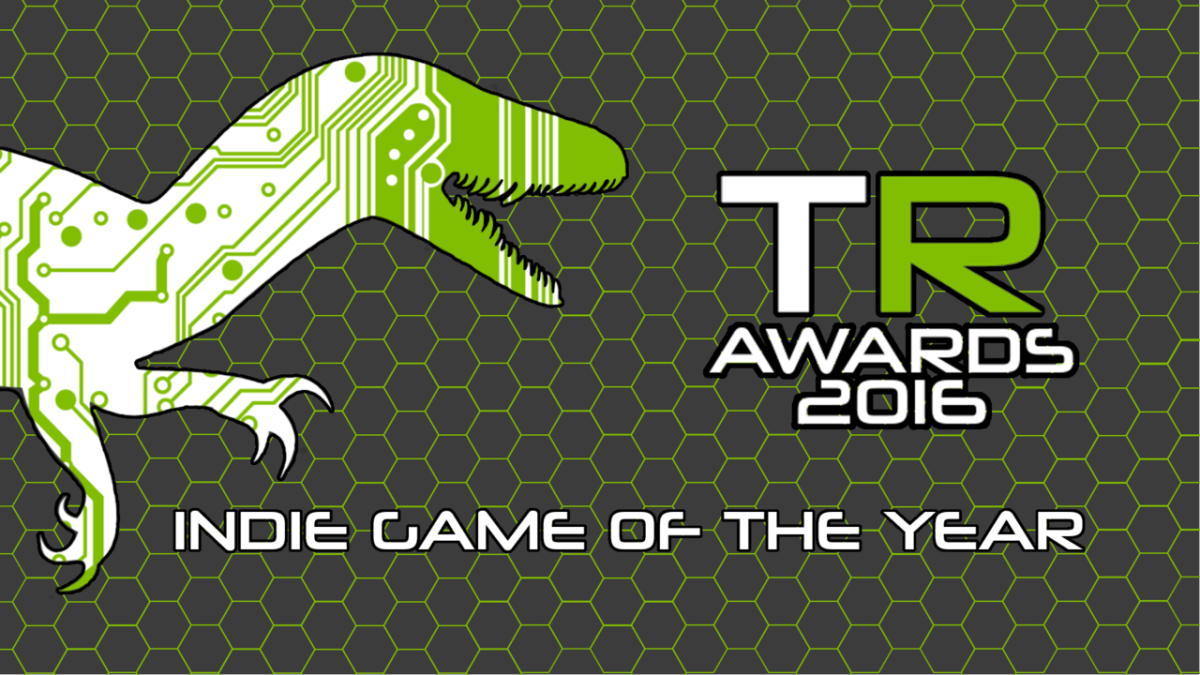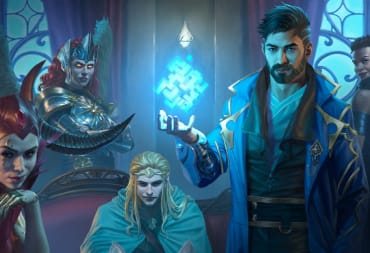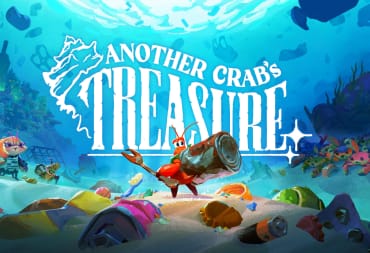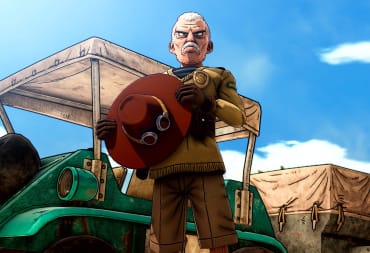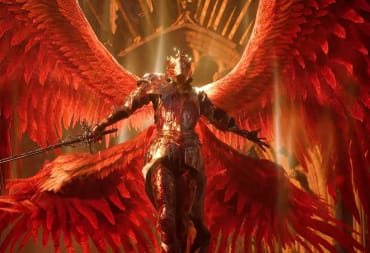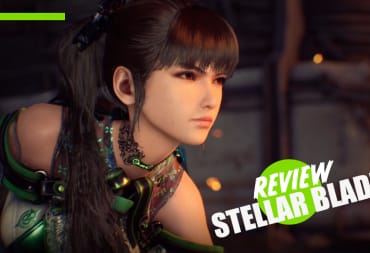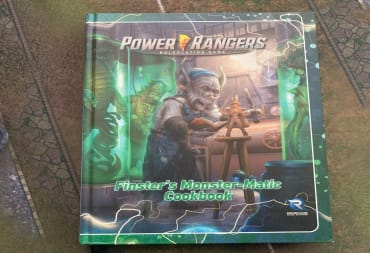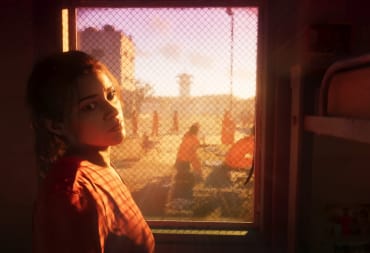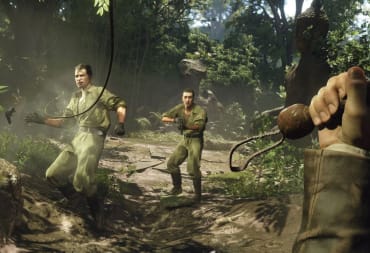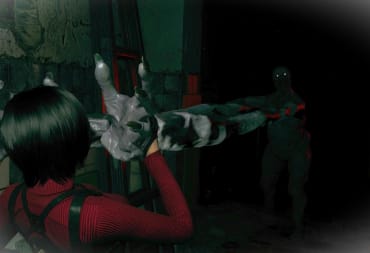The indie scene continues to grow to such heights that it's getting really difficult to tell the difference between games that had the huge funding of a AAA title and those that were made by a small team. This year saw some massive hits and surprises, many of which got more coverage and saw more discussion than some of the year's biggest releases. To say 2016 was a great year for indies is sort of meaningless as I imagine that will be something we can say for many years to come.
Here's the list of nominees (and here's a list of all nominees for all categories):
- Darkest Dungeon (Game Page)
- Enter the Gungeon (Game Page)
- Firewatch (Game Page)
- Hyper Light Drifter (Game Page)
- Inside (Game Page)
- Owlboy (Game Page)
- Stardew Valley (Game Page)
- SUPERHOT (Game Page)
- VA-11 HALL-A (Game Page)
- The Witness (Game Page)
Reader's Choice - VA-11 HALL-A (Our Review)
VA-11 HALL-A is probably the best "hidden gem" of 2016. It has received some press and praise, but nothing near what it should. It's not a game for everyone, but for the niche it fits in, it stands among the best. Anyone interested in good writing and great characters should give VA-11 HALL-A a try.Fifth Place - VA-11 HALL-A (Our Review)
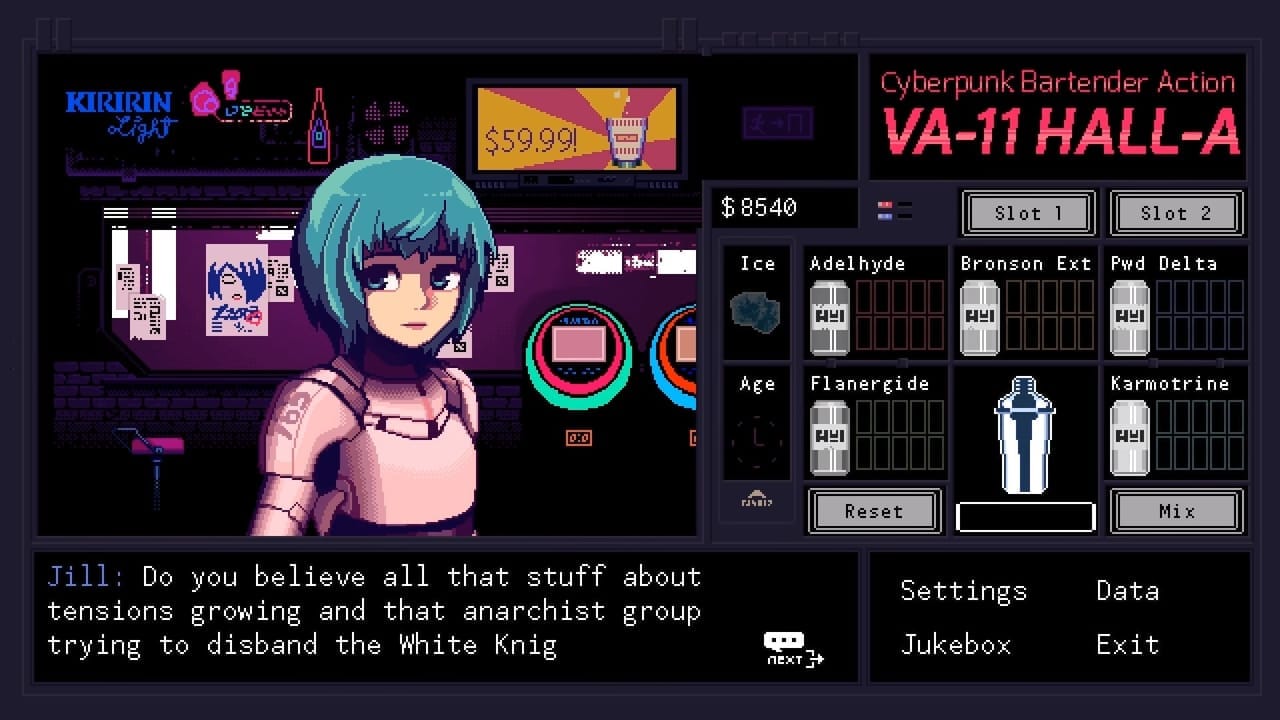
By Perry Ruhland
There were a lot of games in 2016 that set out to tell grounded, human stories. They were games about park rangers, or fathers, or other ordinary people in an ordinary world. But despite their best efforts, none of those games spoke to me in the same way one of the most stylized slices of gaming sci-fi did.On the surface, VA-11 HALL-A sounds like a joke. It’s a game about being a bartender in an anime-tinged cyberpunk future, where you serve ridiculous drinks to android prostitutes and pop idols in between talking to your mysterious boss, sunglass-sporting shiba coworker, and other zany characters. But in actuality, VA-11 HALL-A might be the most human story I’ve ever experienced in any game, painting portraits of complex characters struggling with their hopes, fears, and uncertain futures.
At the center of it all is the player character Jill, who may actually be my favorite video game character of the decade, if not a sturdy contender for my favorite of all-time. While it may be easy to be put off by her layers of snark and dry banter, Jill has hidden depths and eccentricities that make her feel more human than most video game characters can even dream of being, and it’s that human anchor that manages to make VA-11 HALL-A so damn enjoyable from start to finish.
While the actual act of mixing drinks and changing lives may not make VA-11 HALL-A the most mechanically deep game of the year, it was the only title that managed to make me laugh, cry, and even come away striving to be a better person. And if that’s not a testament to VA-11 HALL-A‘s strengths, I don’t know what is.
Fourth Place - Firewatch (Our Review)
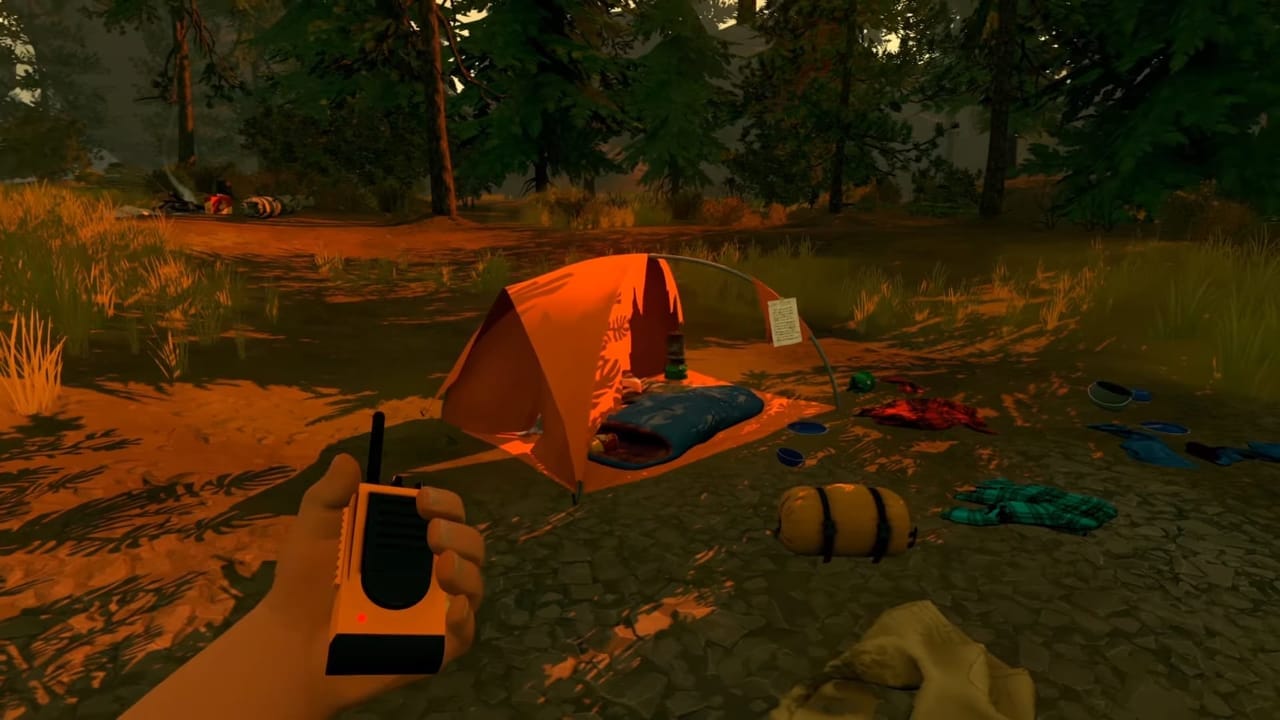
By Andrew Otton
Firewatch is one of those games that caught a lot of people's eyes as it is genuinely beautiful to look at. The more you explore the game, the more you were spoiled by the beautiful scenery of the Wyoming wilderness.The best part of Firewatch, though, are its two main characters: Henry and Delilah. Their interactions throughout the game, never in person only through voice, are what has propelled this game forward. I said in my review that it has some of the best natural sounding dialogue in any game out there at the moment, which definitely helps draw you into the experience.
The overarching story of Firewatch is intriguing as well. It's essentially a mystery with you, Henry, nosing your way into something unwittingly. More and more peculiar things happen, inexplicably, that you can't help but be driven on to play more and more. Firewatch is one of those games that many played through in one sitting, I imagine.
The writing is definitely the main part of the game, but looking around at the scenery and interacting with some things in the environment can be quite a joy as well. There's a lot of detail in those interactions too, as you can do just about anything you want with them and have the game react accordingly.
This is not necessarily a game for everyone, so I'm a bit surprised by its commercial success. However, if more people can recognize the value of something like Firewatch, I'm all for it. It's a very enjoyable experience that I can't imagine many people regretting.
Third Place - Hyper Light Drifter (Our Review)
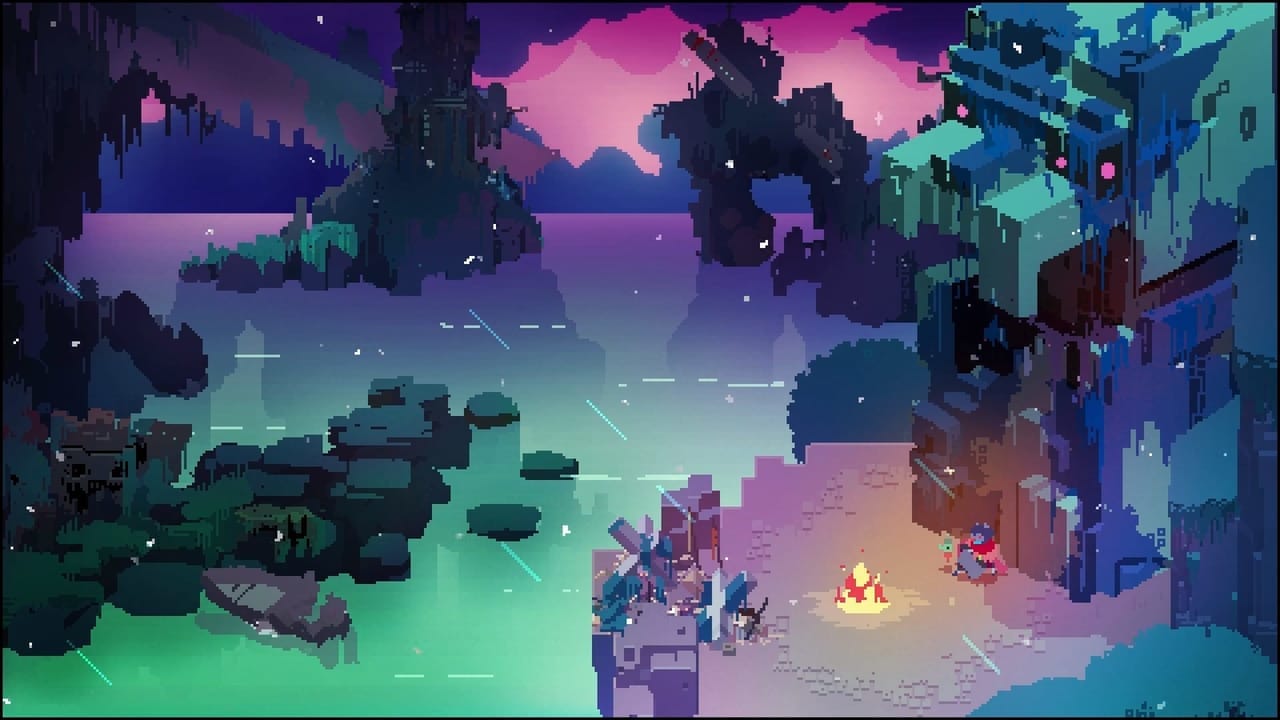
By Dom O'Leary
Originally released back in March and finding its way to consoles later in the year, Hyper Light Drifter was one of the standout indie releases of 2016. The game managed to paint a vivid picture of a post-apocalyptic landscape in a vibrant alien world despite its 16-bit veneer. The difficulty level of the game was a thorny issue, with developer Heart Machine lowering the difficulty in a patch before re-balancing it with another patch only three days later to add some of that steep challenge back in. Whatever version of the game you played though, the tough but fair combat really stood out as an example of how to design encounters in a way that teaches players to make the most of a limited set of abilities.While it drew criticism from some, the minimalist storytelling allowed players to paint their own picture of what might have happened to this alien dystopia. Allowing players to fill in the blanks may indeed be one of the things that has cemented the Drifter as an iconic video game character despite not having much to say for himself. The fact that the Drifter's mysterious health condition is actually a metaphor for lead developer Alex Preston's own health issues adds a very human element to a somewhat abstract tale.
What appealed most to me about the game was the slow but steady progression. Pushing into hostile areas and discovering secrets while uncovering pieces of the game's mostly ambient story felt rewarding, and the slowly increasing abilities of the Drifter left me feeling like I was never a million miles away from overcoming the next hurdle. The feel of slowly unlocking abilities and accessing different areas of the map was very similar to the Zelda games of the 16-bit era and the game certainly deserves the comparisons that have been made to games like The Legend of Zelda: A Link To The Past. It might not have been this year's top indie, but it puts up a good fight among stiff competition.
Second Place - Stardew Valley (Our Review)
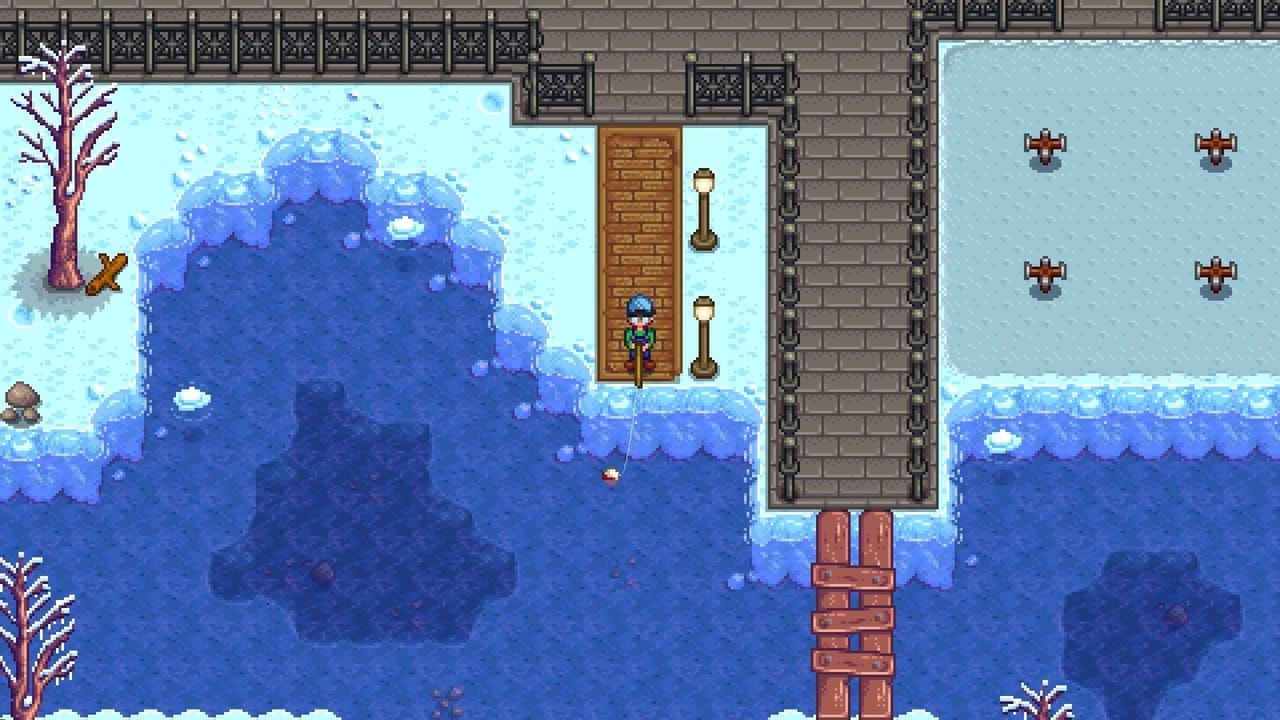
By Alex Eich
Stardew Valley is an anti-depressant. A video game that you can’t help but smile while you play. Inspired by Harvest Moon and Animal Crossing, Stardew Valley improved on the formula set to create something magical.You play as a person stuck in a dead-end job who inherits his grandfather’s farm in the region of Stardew Valley. The farming starts off simple but soon evolves into a massive plantation as you level up. It may seem overwhelming unless you plan ahead, but luckily there are many other ways to spend your time in Stardew Valley.
You can interact and develop relationships with the townsfolk (Team Abigail!), fish for the biggest catch, explore the deep depths of the mines, search for rare artifacts for the museum, and much more. Stardew Valley succeeds in giving the player the freedom to do what they want and set their own schedule. It also helps that everything you do in the game is rewarding and helps you progress. One year in and you can easily see your growth as a farmer.
All of this is accompanied by an amazing soundtrack and beautiful pixel art. I can easily hum the music as I water my crops. Everything is colorful and the art is so well done it gives every character in game personality (Except Haley … I Hate Haley.)
Stardew Valley was a ray of sunshine amid the gloomy game line-up of 2016. It became a huge critical and financial success. Did I mention that this wonderful game was done by one person!? Wow.
Winner - SUPERHOT (Our Review)
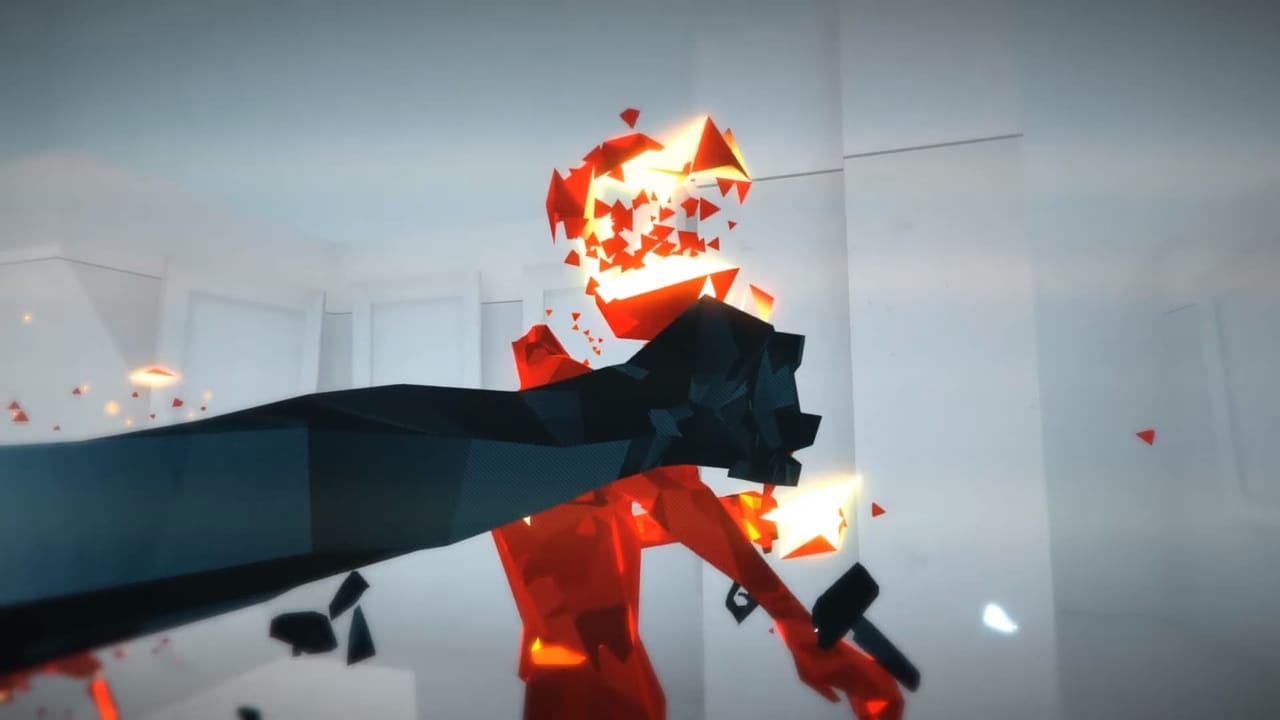
By Perry Ruhland
Everyone has their "comfort food" game, the game they go to when they don’t know what else to play but need to scratch that itch. For some people, it’s the expansive sandboxes of Grand Theft Auto or Minecraft, and for some, it’s the massive strategy endeavors of Civilization and Europa Universalis. But this year? My go-to feel-good game was none other than our indie Game of the Year, SUPERHOT.As far as hooks go, SUPERHOT has one of the best around. It’s a game where time flows at a crawl until your character moves, at which point all the snail-paced bullets and slow-motion enemies will snap into full speed until you cease to move again. While it’s obviously a cool gimmick on paper, it works even better in practice, allowing you to mix short bursts of frantic gunfire and violence with downtime to plan your next move, creating an effect something along the lines of the hyper-stylized foresight scenes of the Robert Downey Jr. Sherlock Holmes films.
Another unexpected upside of having slowed time is how it makes absurd action-movie stunts not only plausible options but legitimate strategies. It’s a game where life or death may genuinely come down to if you have the reflexes to cut a bullet with a katana or snatch a dead man’s shotgun out of the air to use it for your own ends. The sleek action gameplay is backed up by an even sleeker art style, presenting a world where polygonal assassins do battle among stark white buildings. It’s a distinctive art style, but more than looking pretty, it helps you easily identify enemies and projectiles in otherwise crowded locations.
But while the presentation may be simplistic, the plot is anything but. Between this and Pony Island, it’s safe to say that 2016 was the year of meta-narratives, with games that frequently took a sledgehammer to the fourth wall to call out the player. The way SUPERHOT does this is by framing the menu as a DOS-like system, where you soon acquire a pirated copy of this mysterious new shooter known only as SUPERHOT. While the plot’s hardly necessary for a game as blatantly arcade-inspired as SUPERHOT, it certainly adds quite a bit to the charm to the proceedings.
But the real fun starts once you get past the campaign. The game’s strengths shine brightest during endless mode, where you’re let loose in a weapons-filled arena and given a countless stream of polygonal baddies to punch, bash, and shoot into smithereens. If that’s not enough, there’s also a challenge mode that lets you take on story levels under radically different lenses and circumstances, such as only being able to use katanas or having the ability to transport your consciousness into other bodies before the story normally allows.
There were a lot of shooters in 2016, but in all honesty, it was this challenge mode that I sunk the most time into. More than the multiplayer mayhem of Overwatch, more than the epic campaign of DOOM, and more than the beautiful fusion of the two in Titanfall 2. And that should more than speak for itself.
What did we miss? What did we get wrong? What did we get right?
Have a tip, or want to point out something we missed? Leave a Comment or e-mail us at tips@techraptor.net
